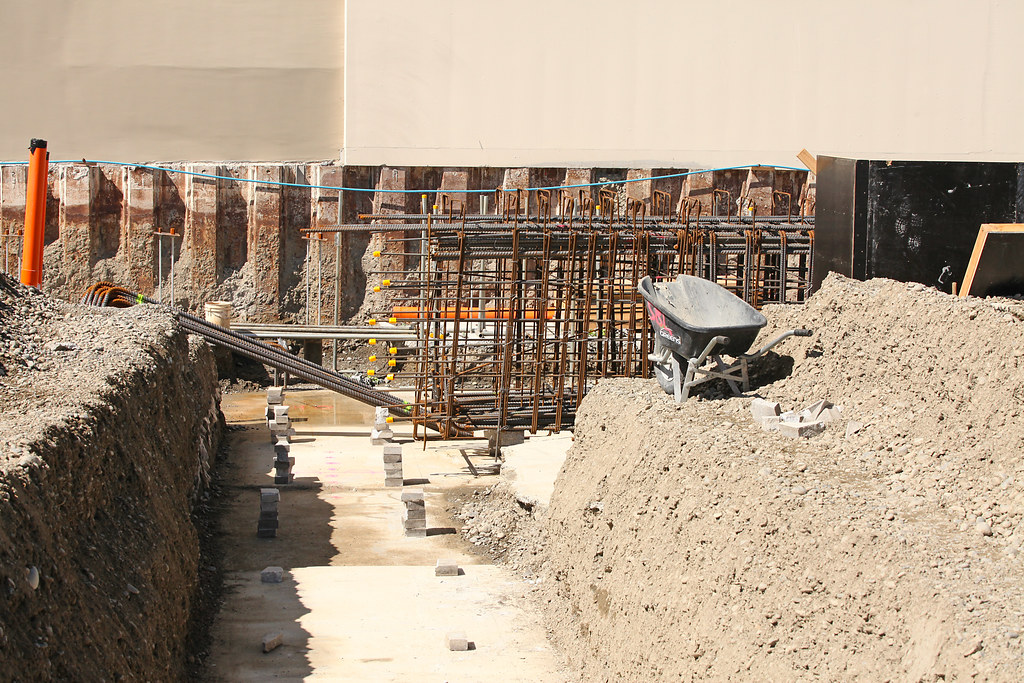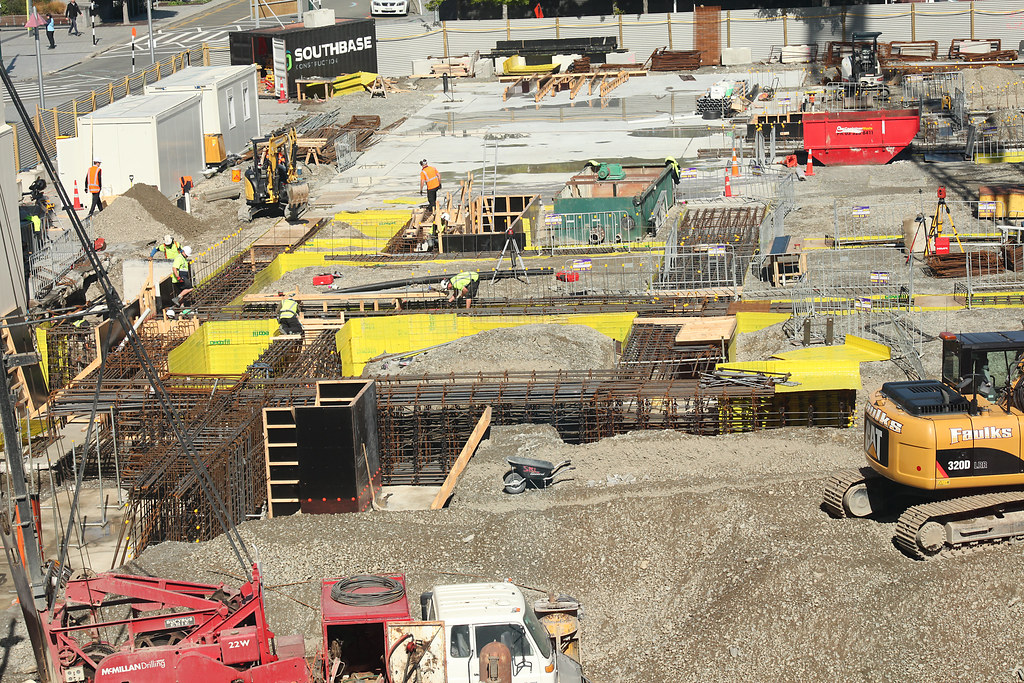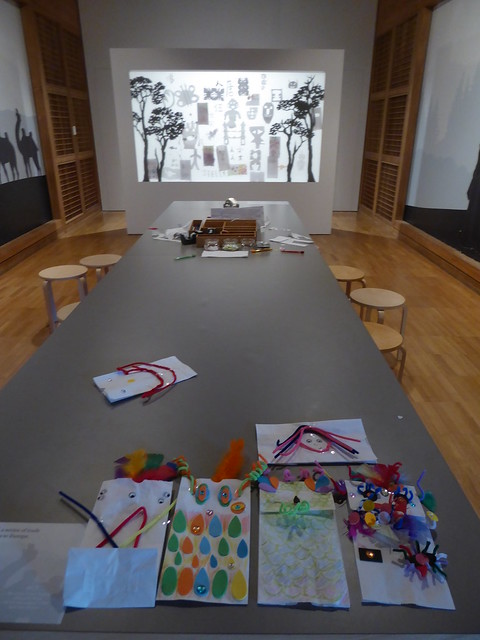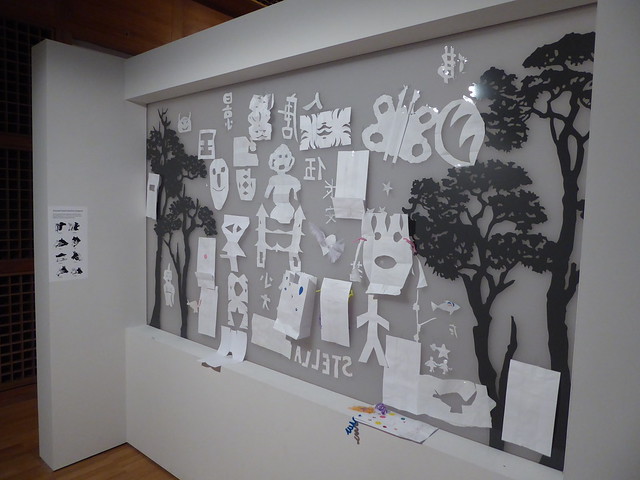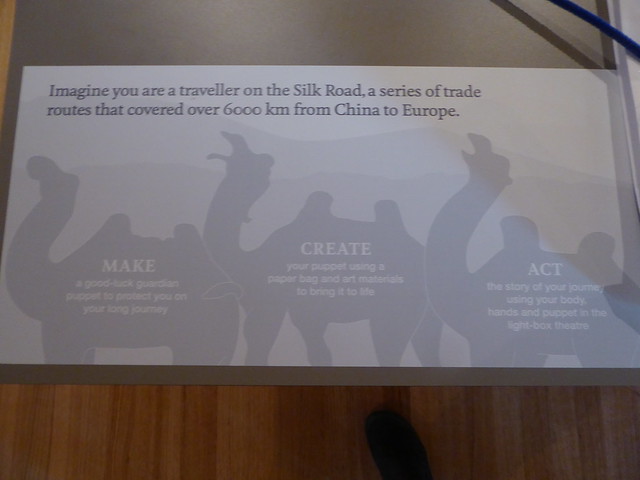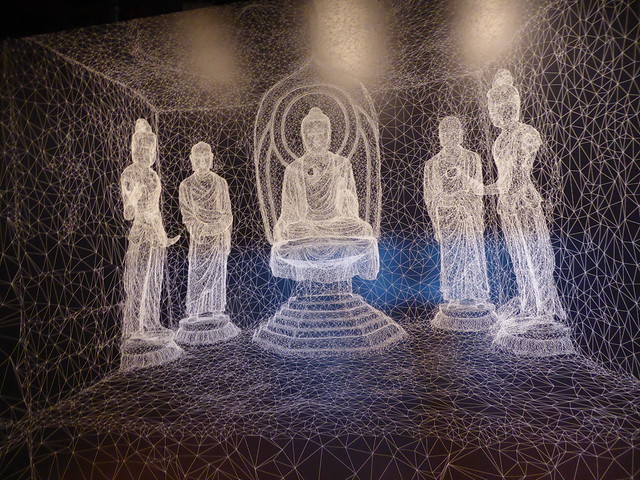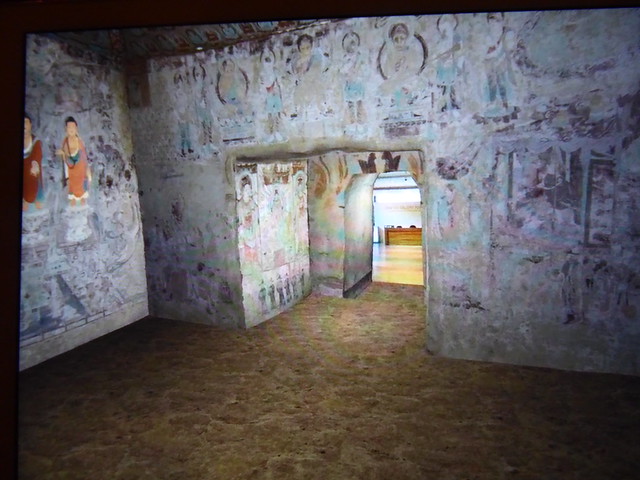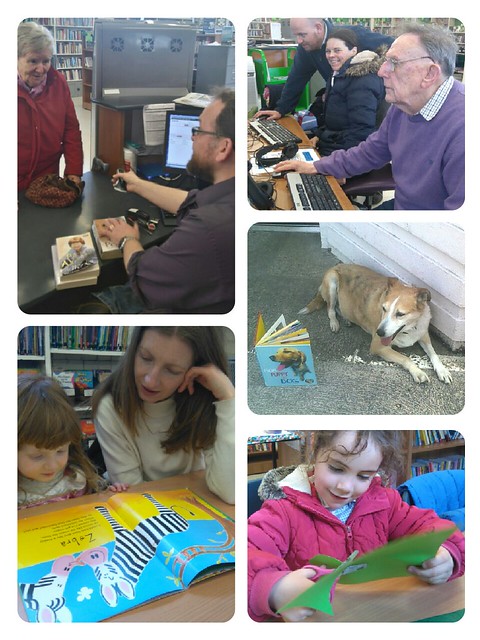 Mining the Home Movie: Excavations in Histories and Memories
Mining the Home Movie: Excavations in Histories and Memories by
Karen L. Ishizuka
My rating:
4 of 5 stars
I read this book as I am thinking about the importance of home movies in local studies collections. This book is not about public libraries, but about national and regional collections of film, some of which include home movies. The chapters describe the research potential of ordinary film. Some has value because of who is in it, someone famous, people interned, and in many cases, people now dead. Often the value is in the ordinariness of what is filmed, such as scone making at a fair. As an aside I hope there is film over time of scone making in Australia, I will have to track that down.
This is a book looking at film, and some times video. There is no coverage of collecting digital material. This seems a gap, although is may be because little is collected, but that is speculation. There is also little discussion about digitisation.
There are some very impressive collections, and some which often seem to record oral histories to better describe the film being collected. The Imperial War Museum, is one of those organisations.
The Florida Moving Image Archive highlights the research value from film with changes in communities, national parks and skylines all being clear. The chapter on this archive highlights the tourism and migration potential of film, as people would travel to Florida for holidays, or to live there, after having seems someone's home movie. They have an active public access program combing bus tours and viewing of local home movies.
Other experiences such as internment were illegally filmed record is key for documenting this time in the USA, as are the films of labour disputes in New Zealand.
There is considerable discussion in some chapters about the need for more representation in minority voices, which seems to include women, as not many women are credited with filming, although there are exceptions such as Mussarath Khan and Leela Anjanappa, both from India.
The North West Film Archive in England, was set up to collect film about daily life. It highlights the importance to regional and local history. They are working at developing audiences of their films showing them in places such as shopping centres, hospitals and remand centres.
I am only providing a few examples from this very interesting book. I still need to track down how digital material is being collected by these and other organisations, so that recent content will be collected and preserved. Otherwise it will be like early film which has been poorly stored and will. It will not be viewable for the future.
View all my reviews
 Anarchist's Guide to Historic House Museums by Franklin D. Vagnone
Anarchist's Guide to Historic House Museums by Franklin D. Vagnone

